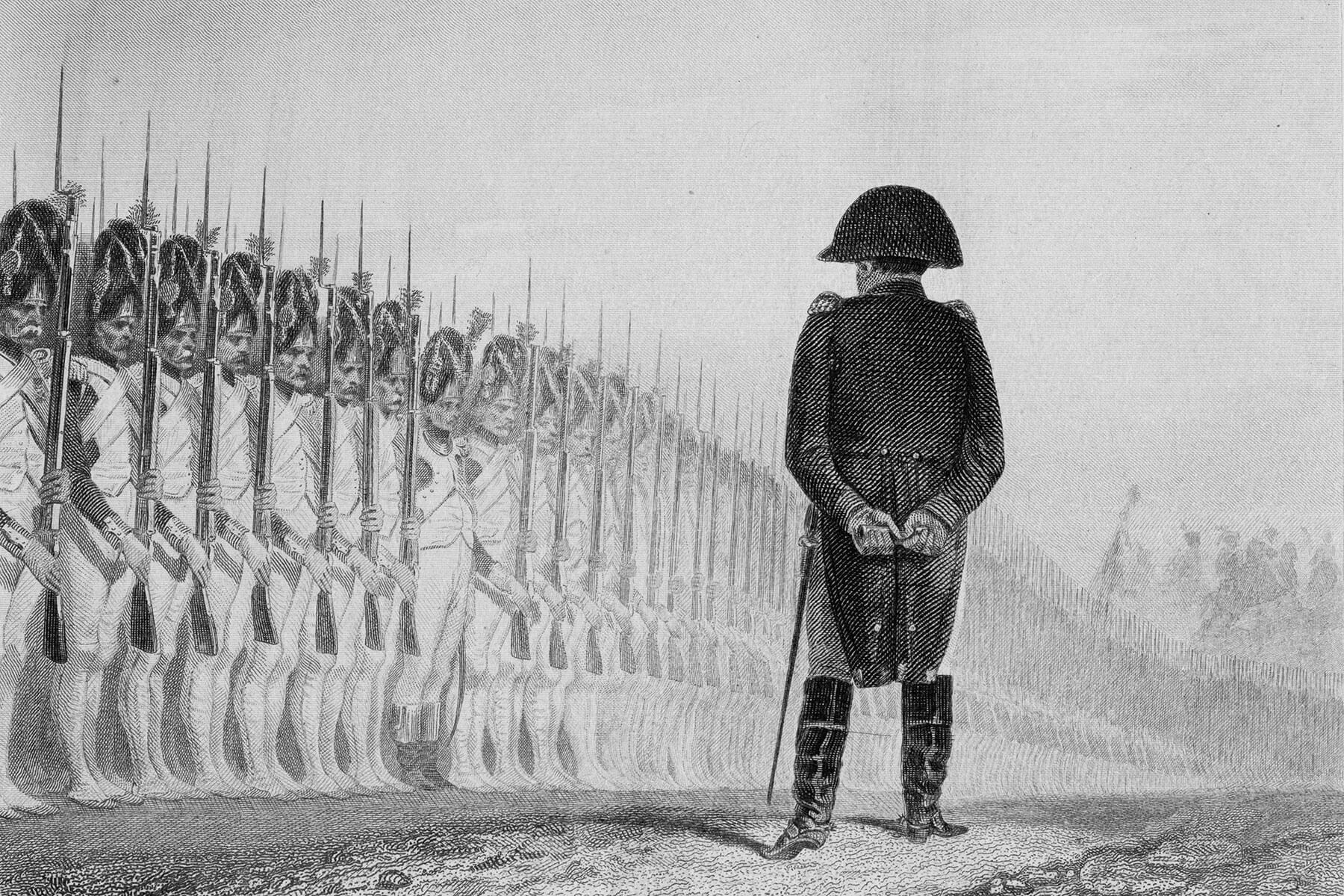Customer dissatisfaction is far from a modern phenomenon; in fact, the oldest recorded complaint dates back 3,773 years. |
| |
| |
|
 |
|
| C ustomer dissatisfaction is far from a modern phenomenon; in fact, the oldest recorded complaint dates back 3,773 years. The grievance was etched into a tablet that was rediscovered during excavations of the Sumerian city-state Ur in the early 20th century. Dating back to 1750 BCE, this tablet was written by Nanni, a dissatisfied customer whose ire was directed toward a copper merchant named Ea-nasir. In the complaint, Nanni expressed dismay over the quality of copper they received, accusing the trader of poor treatment and demanding money back. The translated text includes exasperated statements such as, "Who am I that you are treating me… with such contempt?" Nanni also wasn't the only customer who felt slighted by this Ea-nasir — there's archaeological evidence of other Sumerian individuals who expressed frustration over the quality of copper from the same merchant. |
|
|
| The complaint tablet was one of several fascinating discoveries uncovered during British archaeologist Leonard Woolley's excavations of Ur between 1922 and 1934. Woolley and his team dug out 1,800 burial sites, including the spectacular tomb of Queen Puabi, one of the few female rulers in ancient Mesopotamia. Much like the Egyptian tomb of King Tut, Puabi's tomb was largely intact and included a headdress worn by the queen, made of lapis lazuli (a blue gemstone), ribbons, and gold. Woolley also uncovered layers of water-laid clay, which likely formed during a great flood. Some theories suggest that this ancient flood may have influenced writings about the deluge of water described in the Bible's Book of Genesis, though these theories are difficult to confirm. |
|
 |  |
|
|
 |
|
| |
|
| Baked bricks used to construct the lower portion of the Ziggurat of Ur | | | 720,000 |
| | | Approximate date the ancient city of Ur was founded | | | 3800 BCE |
| | | Approximate date the ancient city of Ur was founded | | | 3800 BCE |
|
|
|
| Known major city-states that composed ancient Sumer | | | 12 |
| | | Major rivers that formed Mesopotamia's Fertile Crescent region (Tigris and Euphrates) | | | 2 |
| | | Major rivers that formed Mesopotamia's Fertile Crescent region (Tigris and Euphrates) | | | 2 |
|
|
|
 |
|
 | | Did you know? |
|
|
The ancient Sumerians invented the basis for our modern timekeeping system. |
|
| While modern mathematics largely relies on a base-10 numeral system, the way we measure time and angles is directly influenced by an entirely different system developed by the ancient Sumerians. Sumer's sexagesimal (base-60) system was created around 3100 BCE. Though this numerical system lacked any concept of zero — which Indian mathematicians later remedied — the base-60 system proved to be a valuable tool nonetheless, and it's the reason our seconds and minutes are counted in groups of 60. It also provided an easy way to measure angles, which had a direct influence on how modern geographic coordinates (longitude and latitude) are measured. The ancient Babylonians adopted Sumer's base-60 numeral system and parts of it were passed down to future generations — all the way through until today. |
|



















0 comments:
Post a Comment